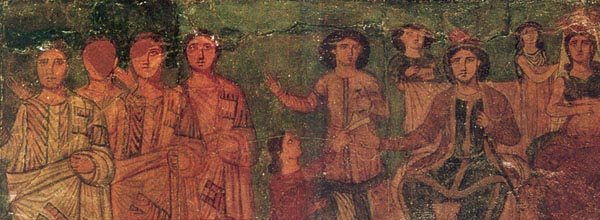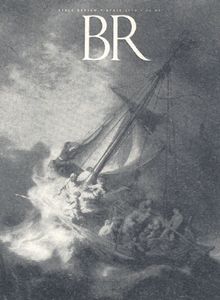Bible Review
Bible Review opens the realm of Biblical scholarship to a non-academic audience. World-renown scholars detail the latest in Biblical interpretation and why it matters. These important pieces are paired with stunning art, which makes the text come to life before your eyes. Anyone interested in the Bible should read this seminal magazine.
Profiles in Scholarly Courage
King Saul—A Bungler from the Beginning

When creating the first woman, God says, “I will make [the man] a helper fit for him” (Genesis 2:18).1
Did King Solomon Violate the Second Commandment?

Readers Letter Sparks Article
When reading Victor Hurowitzs Inside Solomons Temple, BR 10:02, a question suddenly occurred to me that I should have thought of years ago.
Warning: This Lesson May Be Sexually Harassing
The lesson I was trying to teach by telling my class about the story in the Talmud involved the importance of intent in early Christian and early Rabbinic tradition. In the New Testament’s Sermon on the Mount, intent may seem tantamount to the act itself. In the Talmud, the act without the intent does not constitute a sin. In both instances intent is critical, however.
Fundamentalist Interpretation is “Naively Literalist”—An Excerpt from the Catholic Report on the Bible
“Fundamentalist interpretation starts from the principle that the Bible, being the word of God, inspired and free from error, should be read and interpreted literally in all its details. But by ‘literal interpretation’ it understands a naively literalist interpretation, one, that is to say, which excludes every effort at understanding the Bible that takes account of its historical origins and development. It is opposed, therefore, to the use of the historical-critical method, as indeed to the use of any other scientific method for the interpretation of Scripture.
Climate Was Also the Culprit in the Early Bronze Age
Recent research points to climate as the culprit in the widespread cultural upheaval during the transition from the Early Bronze Age to the Middle Bronze Age (23002000 B.C.E.).
Evidence of Drought at the End of the Bronze Age
Tree Rings in America and Europe
Narrow rings indicate dry climate in northern hemisphere between 1300 and 1000 B.C.E. Very narrow tree rings in log from Gordion in Asia Minor, from about 1200 B.C.E., indicate severe drought.
Lakes and Glaciers in Europe
Lake levels recede, glaciers shrink, indicating warmer, drier period from 1400/1300900 B.C.E.
Glaciers in Himalayan and Karakorum ranges
Glaciers retreated around 1200/1150 B.C.E.




